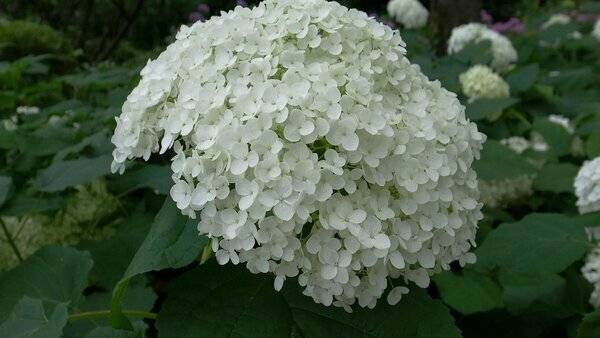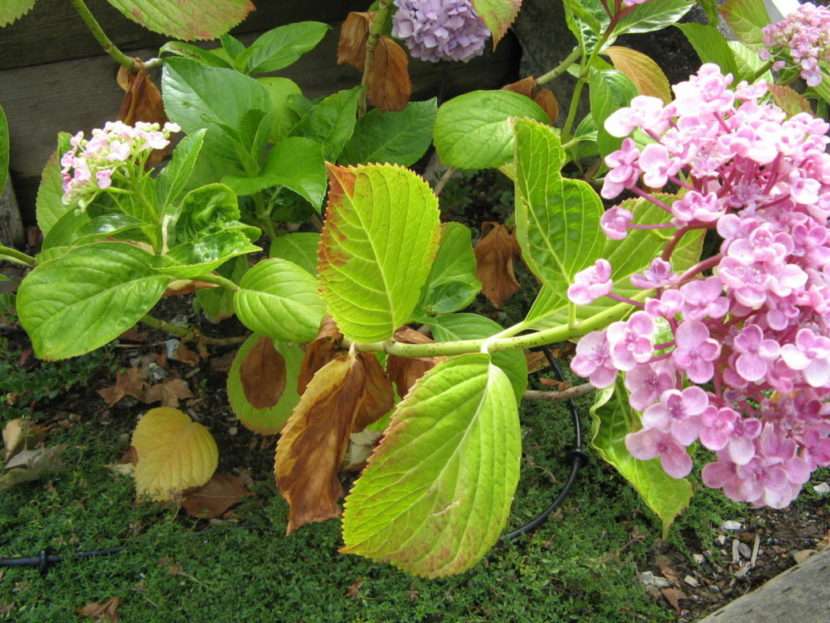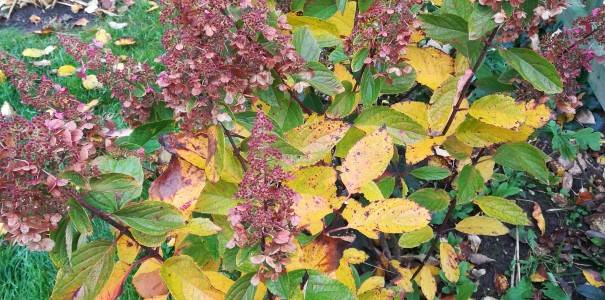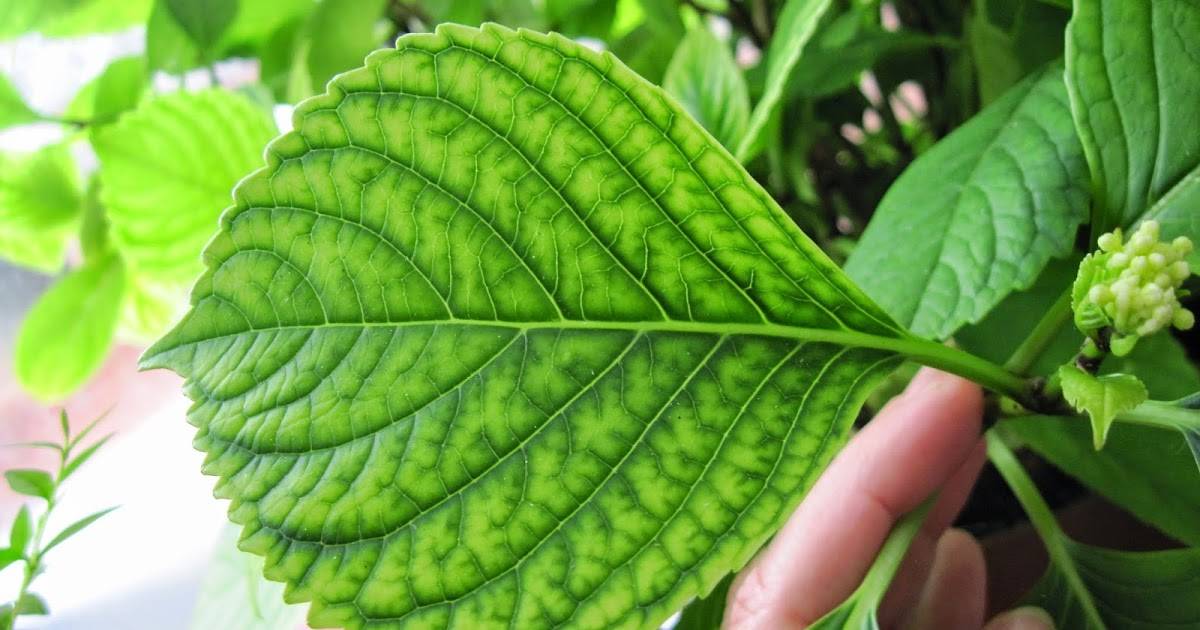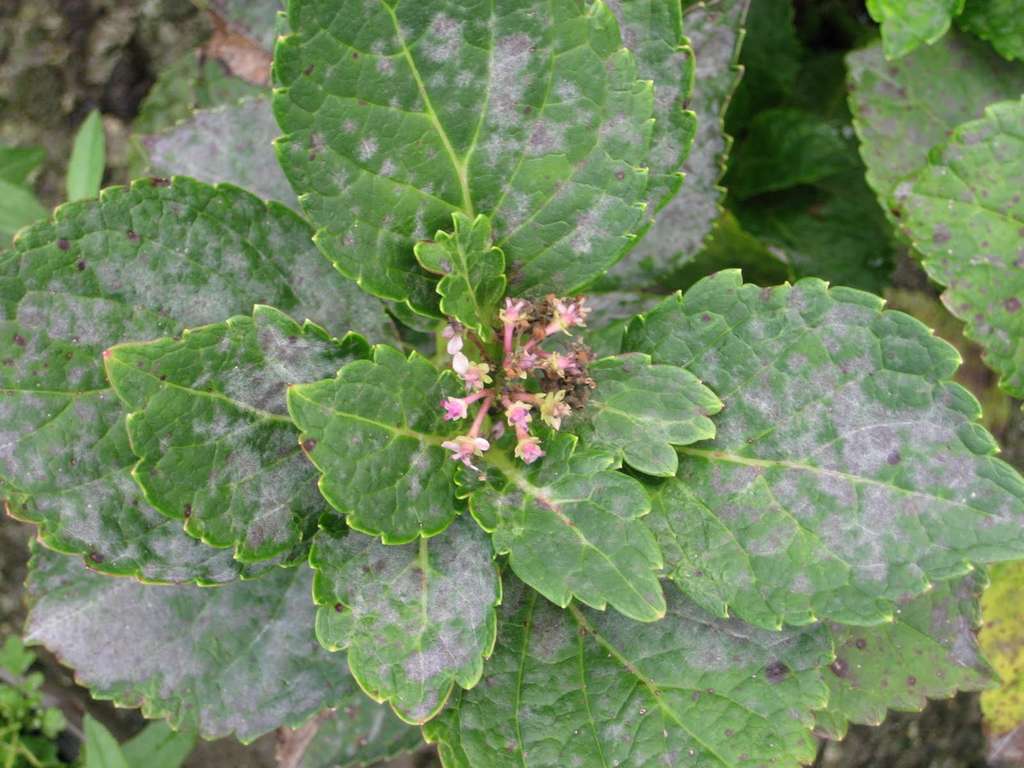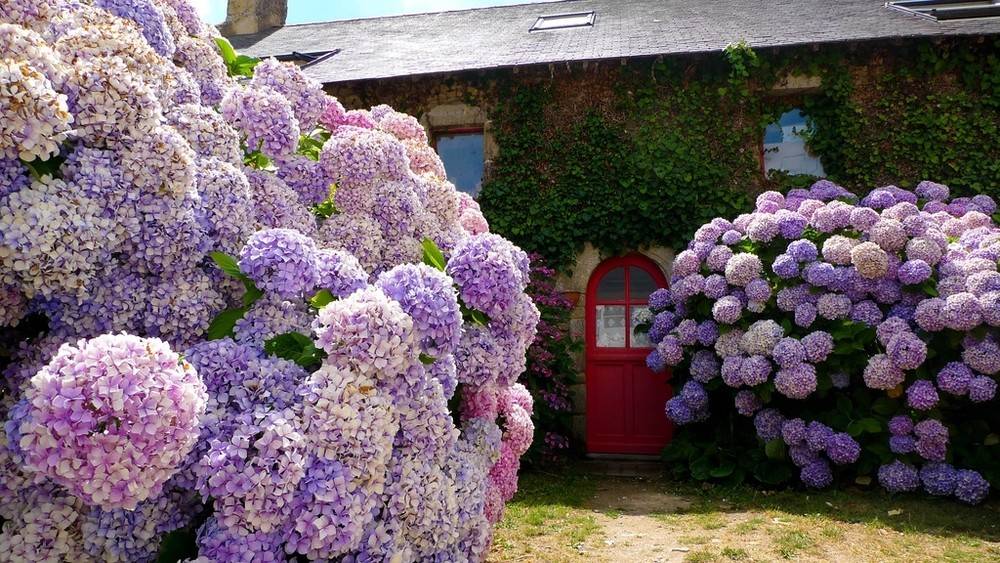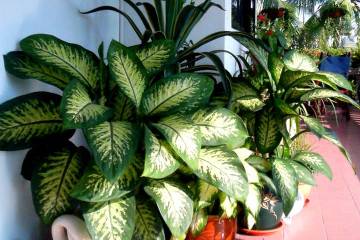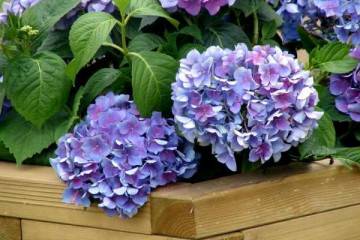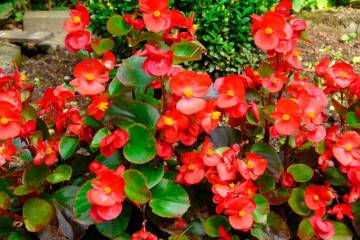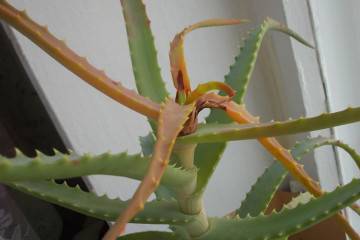Why hydrangea leaves turn yellow and edges dry - causes and treatment
Content:
- How hydrangea leaves can turn yellow and dry out of season
- Causes of yellowing of leaves in garden and indoor hydrangea
- Why do the leaves turn yellow and dry in various types of hydrangea
- What to do when foliage turns yellow: treatment methods
- Other possible leaf problems
- How to care for hydrangea to avoid yellow leaves
Hydrangea is one of the most popular garden shrubs due to its lush crown with abundant inflorescences. But to get such a result, you need to make a lot of effort. Often novice gardeners are faced with a problem when the leaves of the plant turn yellow and crumble. In such a situation, it is important to determine the cause as soon as possible and immediately begin treatment.
How hydrangea leaves can turn yellow and dry out of season
In search of an answer to the question of why hydrangea leaves turn yellow, you need to carefully examine the plant. Do not forget that the leaves can turn yellow and dry due to the fact that the bush is already old. Improper care may also be the cause.
Leaves turn yellow completely and fall off
With this symptom, it is worth paying attention to several factors:
- waterlogged soil;
- low temperature and cold air;
- lack of minerals during bud formation and during flowering.
The leaves turn yellow and the veins are green
Chlorosis is one of the reasons why hydrangea changes the color of its leaves while the veins remain green. This disease occurs due to watering with hard water, which contains lime.
Only the edges of the leaf become yellow
Hydrangea turns yellow, what should I do? Especially if not the whole leaf turned yellow, but only its edges. Be sure to feed the plant with nitrogenous fertilizers containing iron.
Causes of yellowing of leaves in garden and indoor hydrangea
Hydrangea can start to turn yellow due to improper care:
- lack or overabundance of lighting;
- open areas with strong winds and constant drafts;
- low soil acidity;
- stagnant water;
- lack of minerals;
- fungal diseases.
Lack of light or excessive lighting
Hydrangea does not like open, constantly lit areas. The most successful landing site will be an area where sunlight falls in the afternoon and for no more than 6 hours. Otherwise, the shrub can get serious sunburn. Translucent spots may appear on the leaves, after which they turn yellow and dry.
Stagnant moisture
Hydrangeas are considered moisture-loving plants, but they will not grow in wetlands. The root part, due to constant humidity, begins to rot, and over time the plant dies. Therefore, in order to protect the bush from an excess of moisture, a drainage layer of stones or broken brick is laid at the bottom of the pit before planting.
Parched earth
Hydrangea leaves turn yellow, what should I do? First of all, this may be due to a lack of moisture and improperly organized watering. If the ground under the plant constantly dries up, the leaves will turn yellow and fall off over time. At the initial stage, yellowness appears on the tips and edges of the sheet, then they begin to curl. Watering should be done with settled warm water.
Low temperatures and drafts
Hydrangea thrives on an area where there is no strong wind, for example, next to a wall or fence. Drafts also have an adverse effect on the plant. The leaves begin to turn yellow and dry over time. In combination with low temperatures, the effect is enhanced several times, the plant dies faster.
Soil depletion
Why does hydrangea have yellow leaves? A common reason for this is the lack of trace elements in the soil. Due to the lack of vitamins, the plant's immune system is under serious attack.
It is necessary to carry out regular feeding of the plant with complex mineral fertilizers. The first time they need to be brought in during planting.
The soil must be of suitable acidity. The soil should be nutritious, consist of two parts of earth and humus, one part of peat and sand. It will not be superfluous to add a bucket of rotted manure. Mix all components together. Fill the seedling in the planting hole with this mixture. With the arrival of spring, the shrub should be fertilized with urea.
With the arrival of autumn, the shrub cannot be fed with nitrogen-containing fertilizers. This will cause green vegetation to grow and the shoots will bend over.
Low soil acidity
All hydrangeas thrive in acidic soil. Therefore, it is recommended to carry out a test to determine this parameter before landing. Leaves may turn yellow due to low acidity.
The shrub has healthy and strong shoots, blooms actively in soil with an acidity level of pH 5.5–6.5. To acidify the soil, it is periodically watered with a solution of acetic or citric acid (30-45 ml per 10 liters of water). The plant is mulched with fallen needles, it is laid with a thickness of at least 10 cm.
Diseases
The leafy color range may change due to chlorosis. The disease manifests itself as follows: the leaf blade turns yellow with bright green streaks. In order to help the plant get rid of such a disease, you need to prepare a solution consisting of 30 ml of potassium nitrate and 10 liters of water. Water the shrub once a week for 30 days.
If the leaves of the plant begin to turn black, curl and crumble over time, it means that the hydrangea has become infected with gray rot. You need to fight this disease with a 1% solution of Bordeaux liquid.
Damage to the root system
The hydrangea root system is rather weak. It can be easily damaged during planting and transplanting. Small wounds can lead to infection of the flower, drying out of its leaf system. Therefore, before planting, it is recommended to treat the roots of the plant with Zircon.
Why do the leaves turn yellow and dry in various types of hydrangea
Each type of hydrangea requires certain care and special growing conditions.
Paniculata
The gradual yellowing of the leaves in paniculate hydrangea or Paniculata may be due to improper care. This type of shrub thrives in the temperate Russian climate. The flowering period lasts almost the entire summer period - from early June to early August.
Large-leaved
Large-leaved hydrangea is suitable not only for garden but also for home cultivation. Care, watering rules, soil composition are almost the same as when growing geraniums.It begins to bloom in spring and pleases with its inflorescences almost until summer. The leaves of this type of hydrangea turn yellow most often due to fungal infections.
Tree-like
Treelike hydrangea is considered the most unpretentious type of shrub. If the plant has yellowness on the leaves, then this may be due to improper care.
What to do when foliage turns yellow: treatment methods
Strong wind and constant drafts have a negative effect on the plant. Therefore, first of all, it is important to find the right place for planting. If the leaf plates begin to turn white, then the plant does not have enough light. Constant examination will be able to protect the plant from a number of diseases, improve the external condition of the plant.
How to feed hydrangea if the leaves turn yellow
Gardeners use several time-tested drugs that can not only protect the plant in the early stages of the disease, but also save it from death. These drugs include:
- 1% bordeaux liquid;
- iron preparations;
- phytosporin is universal;
- potassium sulfate;
- superphosphate drugs.
Other possible leaf problems
The leaf blade can be affected in different ways. The color may change, the shape of the leaf may be deformed, not only the upper, but also the lower leaves may dry out.
The foliage turns white (brightens)
The hydrangea leaf may lighten or turn pale due to a powdery mildew infection. If damaged areas are not removed in time, the disease will quickly spread to the entire plant. Any fungicidal agent can save the flower.
The leaf plates turn black
If dry black spots appear on the leaves, it means that either the plant is watered with inappropriate water, or direct sunlight falls on it. By changing the conditions, you can bring the shrub back to normal.
Leaves curl
Hydrangea leaves curl due to the fact that it has been affected by harmful parasites. In this case, you need to conduct a thorough examination and start emergency treatment with insecticides or acaricides.
How to care for hydrangea to avoid yellow leaves
In order for the hydrangea not to have problems with the leaves, it is recommended to observe a number of conditions:
- Water only with warm, settled water at least 2 times a week.
- Loosen the soil after each watering of both outdoor and indoor plants.
- Feed the plant in a timely manner.
- Maintain the required indoor temperature and humidity for indoor species.
Getting a beautiful and healthy shrub in your garden or at home is not difficult at all. The main thing is to properly and timely care for the plant, and also not to neglect preventive measures in order to avoid various diseases and infections. If you do everything necessary, the result will not be long in coming.
